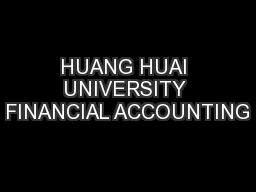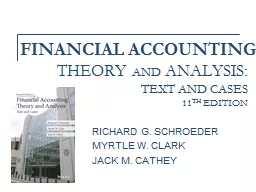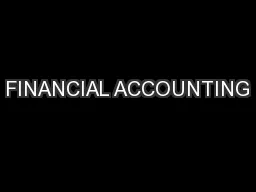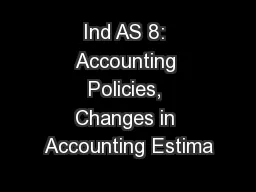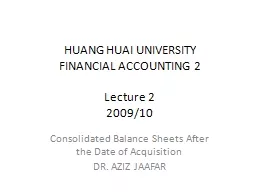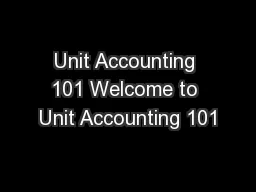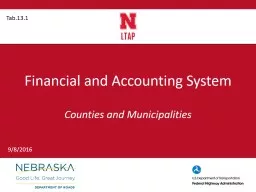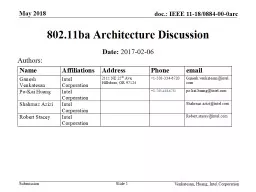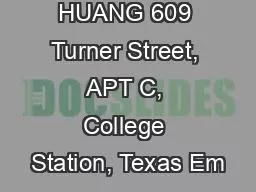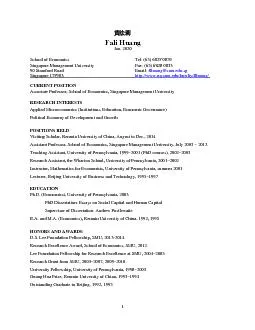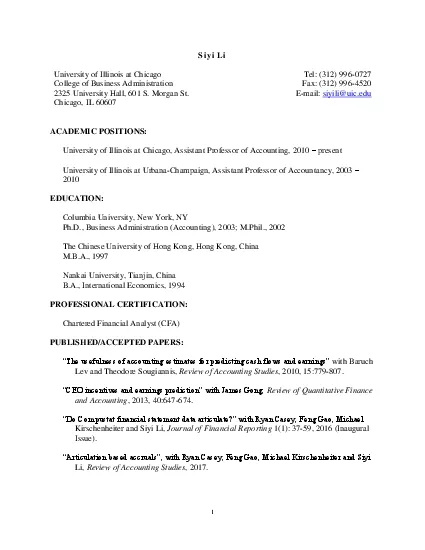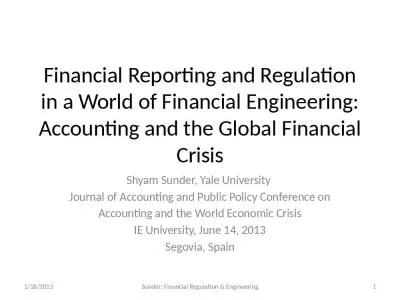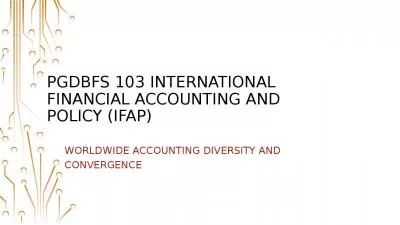PPT-HUANG HUAI UNIVERSITY FINANCIAL ACCOUNTING
Author : lois-ondreau | Published Date : 2018-03-21
Lecture 5 Intangible Assets R ampD Goodwill Patent Brands Dr Aziz Jaafar Coverage Intangible assets Research and Development Goodwill Internally Generated Purchased
Presentation Embed Code
Download Presentation
Download Presentation The PPT/PDF document "HUANG HUAI UNIVERSITY FINANCIAL ACCOUNTI..." is the property of its rightful owner. Permission is granted to download and print the materials on this website for personal, non-commercial use only, and to display it on your personal computer provided you do not modify the materials and that you retain all copyright notices contained in the materials. By downloading content from our website, you accept the terms of this agreement.
HUANG HUAI UNIVERSITY FINANCIAL ACCOUNTING: Transcript
Download Rules Of Document
"HUANG HUAI UNIVERSITY FINANCIAL ACCOUNTING"The content belongs to its owner. You may download and print it for personal use, without modification, and keep all copyright notices. By downloading, you agree to these terms.
Related Documents

